Reliability
It’s scientifically proven that environmental factors such as relative humidity, temperature, airflow… affects the ocular surface of individuals, and these factors are different throughout the planet; even more, environmental conditions can be different depending on where we are or what we are doing (travelling in an airplane, driving, shopping, working on computers…). When a drug or a medical device is tested in these individuals, its clinical performance can vary depending on whether the individual has been exposed to a “nice and friendly” or to a “harmful and desiccating” environment for the ocular surface before its evaluation. Even, these variations due to environmental exposure previous to an enrollment visit, can lead to errors in the recruitment of individuals (i.e. false positives) or in the baseline measures.
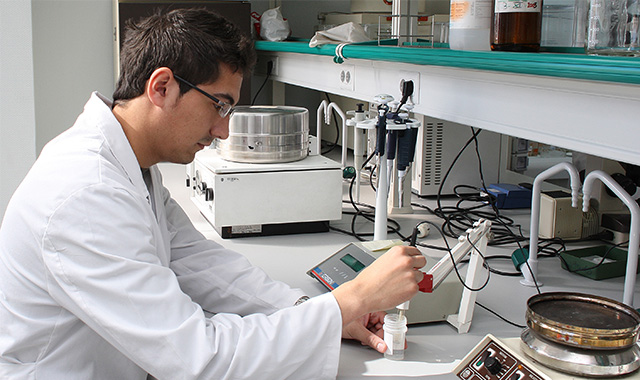
These variations can affect the results of the study, making them less reliable or even worse, failing and not showing the real benefits of the drug tested. To avoid or unless reduce these effect, the number of subjects to recruit in a clinical study has to be increased. But by controlling these environmental factors, such in an environmental chamber, outcomes are more reliable and reproducible, and the number of subjects necessary to prove that a drug is effective will decrease, decreasing the recruitment time and therefore the overall duration of the study.
Also results for phase III clinical trials can be improved by designing small, proof of concept studies in CER-Lab, where all clinical and biological variables are measured and a complete draw of the clinical performance of the drug can be done with a low number of individuals. In this way, you can decide whether the drug is suitable for a phase III clinical trial and end-points can be more accurately selected, reducing at the end the uncertainty of investing a big amount of money in larger and more expensive phase III clinical trials.

By working with CER-Lab also you will have the opportunity to work hand in hand with an internationally well-known and multidisciplinary team, with huge scientific knowledge and highly skilled in the clinical practice on the ocular surface field. The team is comprised by Ophthalmologists, Optometrists, Nurses, Physicians, Immunologists, clinical trials experts, Pharmacologists, Biostatisticians… a complete team that will be able to discuss with you and advice you on the best design for your study.
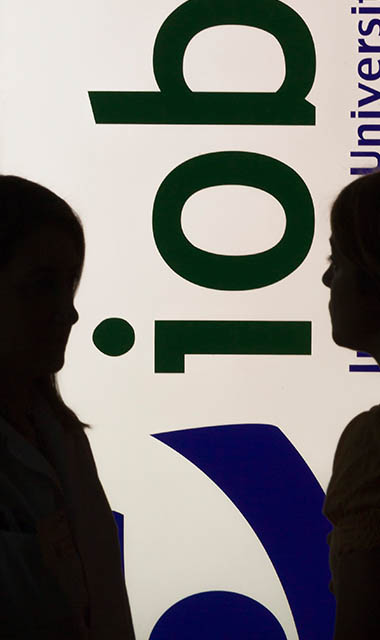

In summary, by using CER-Lab facility in the design of your clinical studies and clinical trials you’ll get a lot of benefits such as:
- Reducing the number of subjects necessary to obtain reliable results.
- Reducing the time necessary to finish the study.
- Reducing risk for your company.
- Reducing the time-to-market for your drug or medical device.
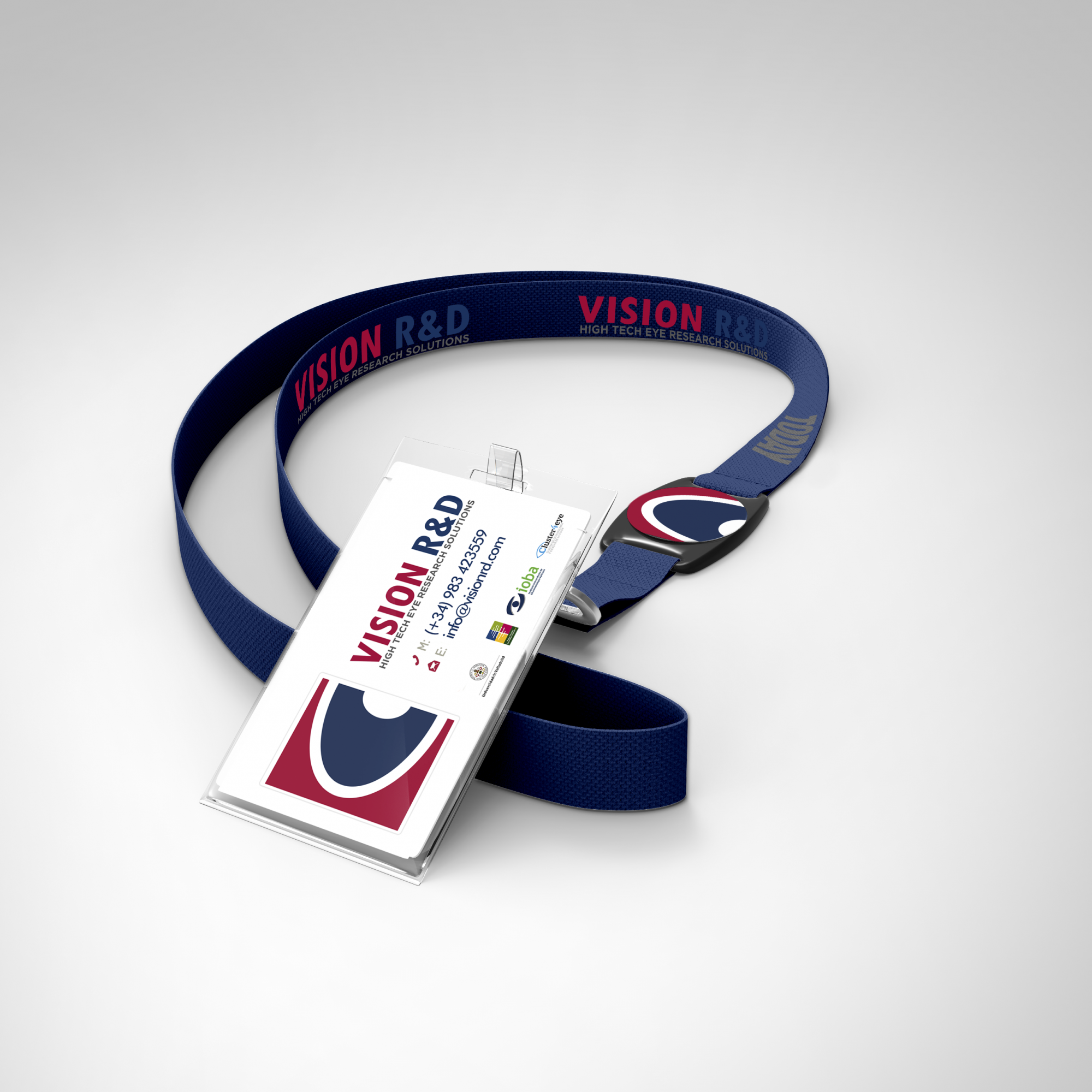
In summary, by using CER-Lab facility in the design of your clinical studies and clinical trials you’ll get a lot of benefits such as:
- Reducing the number of subjects necessary to obtain reliable results.
- Reducing the time necessary to finish the study.
- Reducing risk for your company.
- Reducing the time-to-market for your drug or medical device.
In summary, by using CER-Lab facility in the design of your clinical studies and clinical trials you’ll get a lot of benefits such as:
- Reducing the number of subjects necessary to obtain reliable results.
- Reducing the time necessary to finish the study.
- Reducing risk for your company.
- Reducing the time-to-market for your drug or medical device.
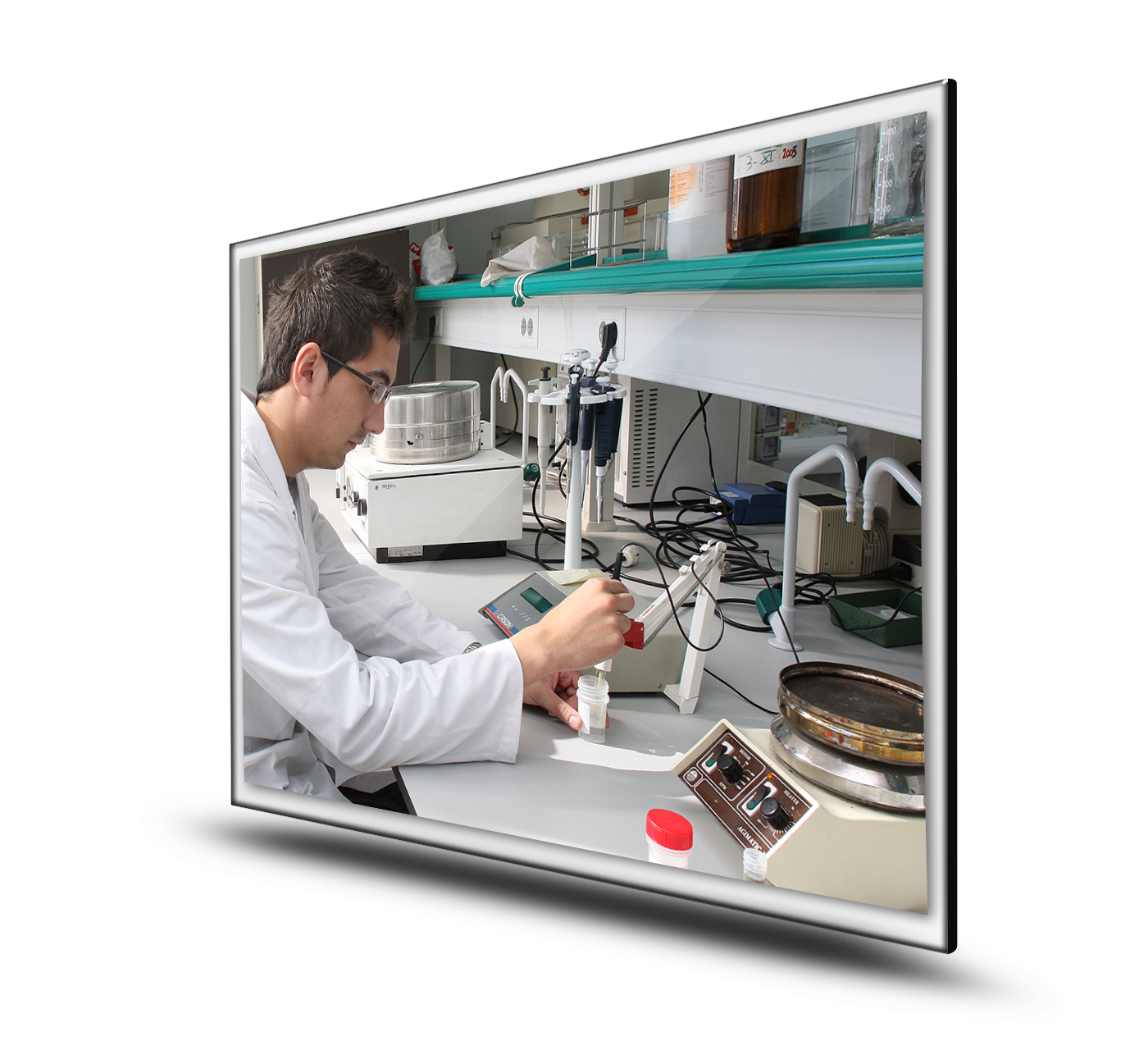
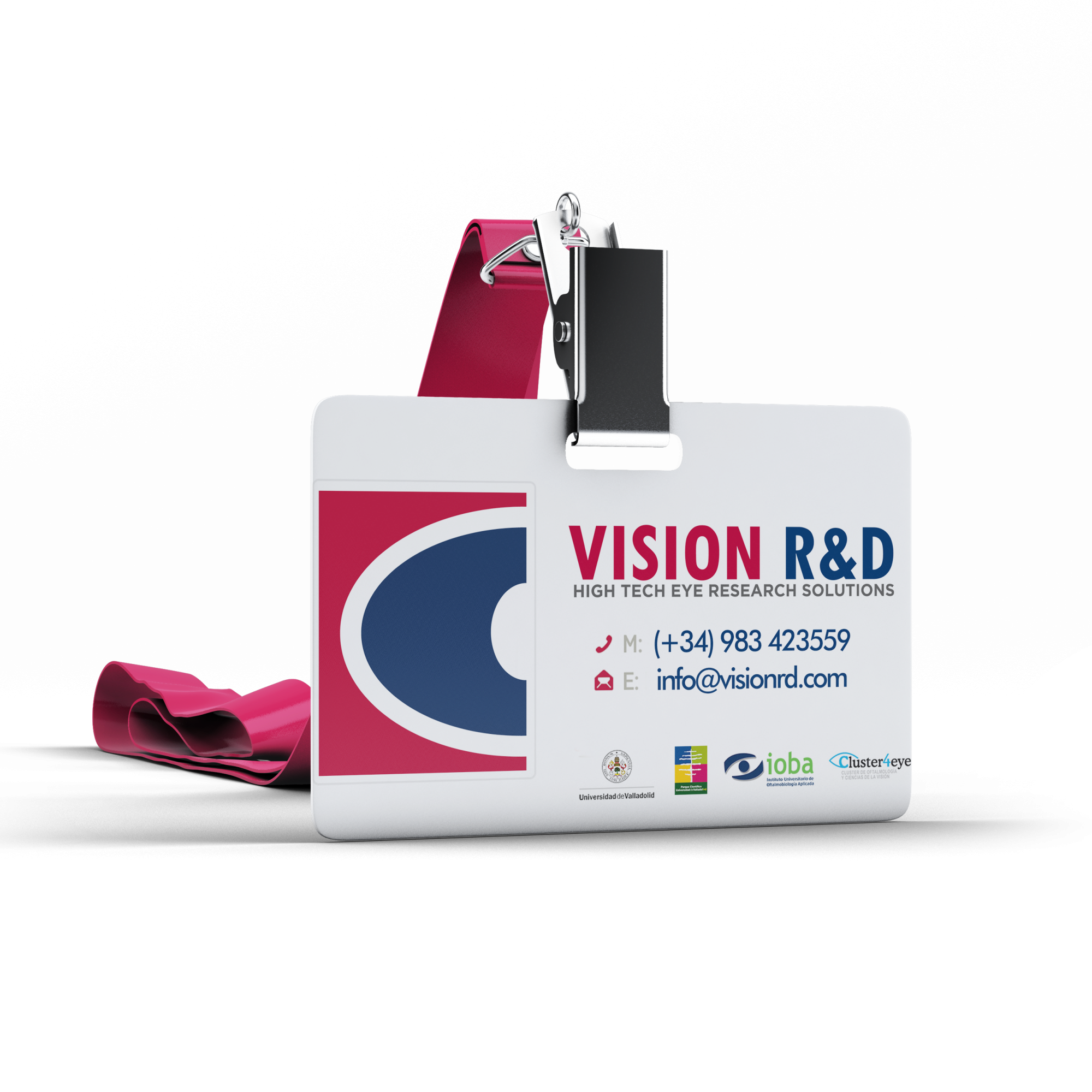
In summary, by using CER-Lab facility in the design of your clinical studies and clinical trials you’ll get a lot of benefits such as:
- Reducing the number of subjects necessary to obtain reliable results.
- Reducing the time necessary to finish the study.
- Reducing risk for your company.
- Reducing the time-to-market for your drug or medical device.


